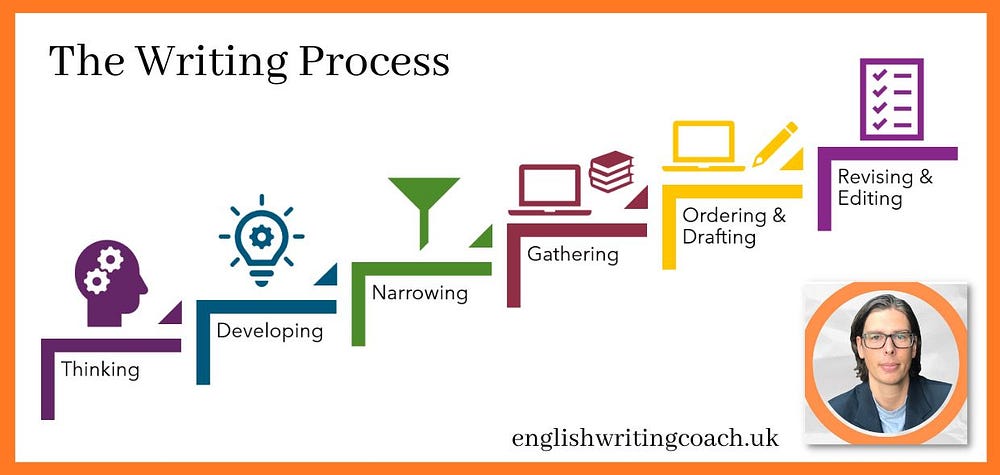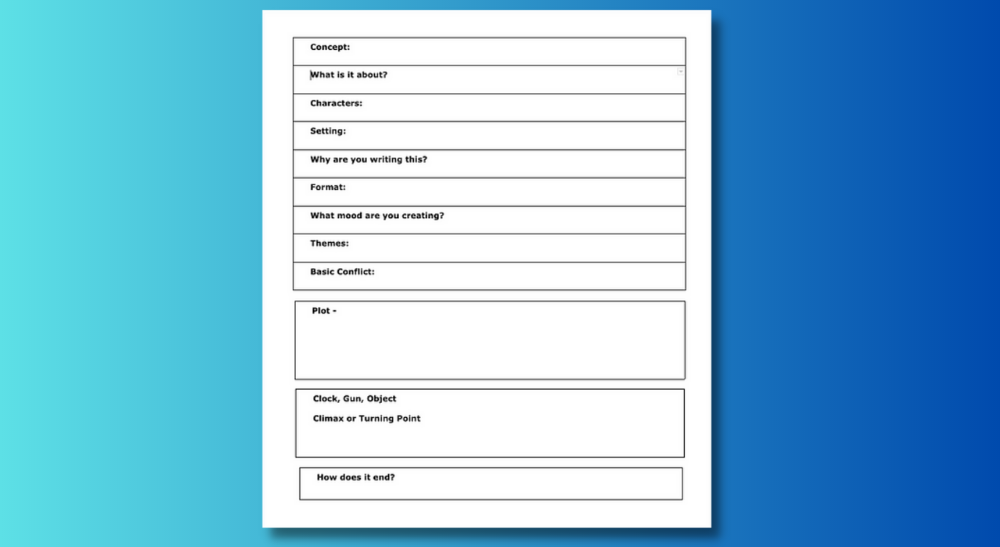Here’s everything you need to cover before starting to write

Some writers love flying by the seat of their pants. Others, work to meticulous plans In terms of which method is right for you, ‘pantsing’ can work well for creative forms where the reader is heavily involved in constructing the meaning. But, as a creative writer, you don’t have to wing it. Most novelists work to precise outlines and spend months planning.
Certainly, for content writers, elaborating a detailed plan helps deliver articles that are more effective. It ensures we package our ideas in a way readers can easily consume and we cover all necessary points in a logical order.
This, in turn, speeds you up as a writer. More time planning=less time lost to rewrites or writing unnecessary sections. Want to increase your speed and improve results? Follow this process.
Before the plan
One acronym that helps me consider the ‘what’, ‘who’ and ‘why’ of my writing is CAP.
C is for context. Consider the exact parameters of the form — the length of the text, how it appears (the shape and size on screen for example), and what is generally expected of the format.
A is for audience. Be specific about who they are. If you know what your audience wants, you can deliver it.
P is for purpose. This is the reason you are writing. Is it to inform, persuade, negotiate, or apologise? Whatever it is, every line you write should serve your ‘why’.
After completing your CAP analysis, consider the ‘container’ for your idea. Not everything has to be a guide or listicle!
Typical blog structures:
- Chronological (e.g. a story)
- Spatial (e.g. a description of a place)
- Sequenced (e.g. a process description or list)
- Compare/contrast (e.g. ‘Which is better, A or B?’)
- Advantage/disadvantage (e.g. a review)
- Cause-effect (e.g. current affairs topics)
- Problem-solution (e.g. ‘How to’ / or ‘How to avoid’)
Before you even open a document or browser, spend time developing the ‘angle’. What message are you trying to deliver? Why are you best placed to deliver it? How can you make this unique to your writing voice?
The length of time it takes to think of and develop your idea can vary. Typically, writers don’t include these parts of the process in their ‘writing time’ calculations. Yet, they are critical. We all have ideas fizzing around our word-addled brains— maybe you note them down, or perhaps you trust that they’ll be there when you need them. Writing is thinking, and the more time you dedicate, the better your concept and structure will be.

Planning is not just one step. After thinking hard about your idea and developing it, you must narrow the parameters of what you are trying to achieve. Knowing what your article is not about (what it will exclude) is crucial to its success.
Only after completing the first three steps of the planning process, should you start to research and gather what you need to complete the work.
Three methods to plan:
Each writer is different when it comes to planning. The best approach is what’s right for you.
The List
An ordered list of bullet points is how many writers plan, and there’s nothing wrong with it. If you think in an ordered, rhetorical way, this approach will make sense.
One key addition I’d mention is to interrogate each bullet point. First, ensure each idea is unique and essential to the piece. Consider if it’s in the best place to help with your overall message.
Next, ask questions to develop it further:
- Why do I believe in this point?
- How can I demonstrate this with convincing evidence?
- What is the opposing argument? Do I need to address it?
The Map
For visual thinkers, this option will make a lot more sense. Some forms of writing may have several points connected to a central theme. Others may be a start-to-finish process, which could be represented quicker in a simple diagram than with sentences.
Other pictorial ways to plan might be the expansive mind map, where details spider off until you hit upon the most telling ideas. Or what about word clouds or mood boards to formulate a plan?
Consider if your pieces relate to the spatial or sequenced structures. Either way, visual exposition can be a great way to develop ideas and start your plan.
The Writing Frame
This is both my personal favourite and an underutilised planning method. Essentially, a writing frame is a highly personalised set of questions based on a particular writing form.

I recommend including this in your planning game because it adds accountability. If there are elements you forgot to include in previous work, or if you received feedback that your writing needed more or less ‘x’, add it to your frame.
The example above is part of my planning frame for short fiction. Depending on the story, I may choose to fill everything out in great detail before writing. The characters may even get their own separate profiles. For other works, I may leave some boxes blank, but that’s ok — I’ve had to read the question and consider the point. For example, if I wrote a conversation between two amoebas, the setting probably wouldn’t be important.
Next steps
In this article, we’ve covered why strategic planning is integral to the success of any content writer. I believe that planning is not simply one step but several.
Remember to take time to dream, conceive and refine your ideas. Only gather your sources once you are sure exactly what you are writing, and for whom.
When it’s time to plan, use your go-to method or template, but be thorough. Order your points and check the content is complete and not repeated. Plan with gusto and you’ll find your writing displays the same energy.
What do you think? Does quality planning save time in the long run?
How do you plan your articles?

Philip Charter is a writing coach from the UK who works with multilingual content writers. Download his free writing tips eBook, How to Become a Proficient English Writer.
He is the author of two collections of short fiction and Fifteen Brief Moments in Time, a novella-in-flash.
Please feel free to connect on LinkedIn or get in touch via email.
